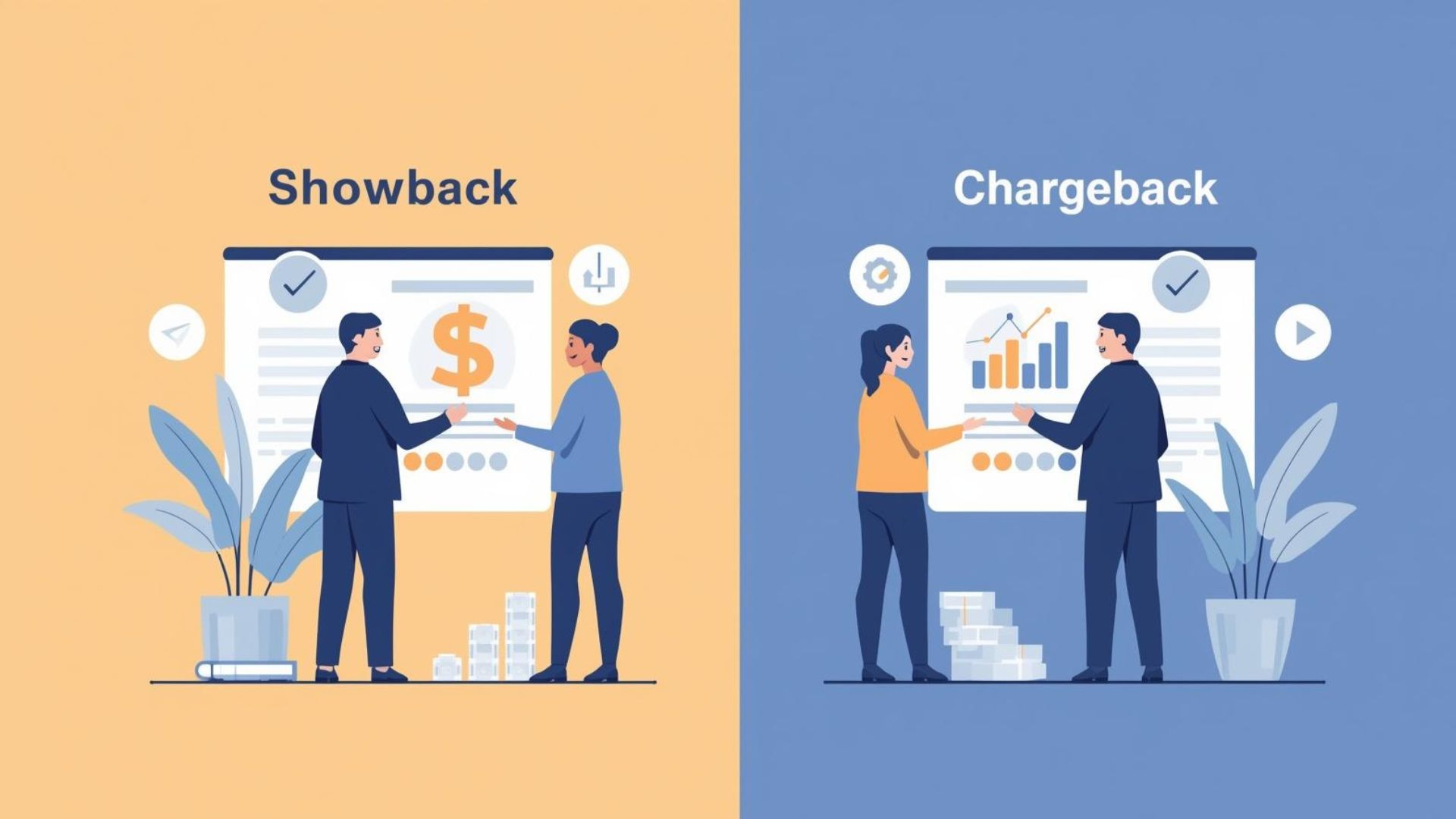Share this:
Are you missing the forest for the trees? Or, maybe you can see the forest but not the trees? If you’ve ever tried doing storage capacity planning without reliable models, you might know a little too well how important they are.
By only considering a few parts of a problem, whether you are focusing too much on the minutia or the big picture, you may be failing to understand the entire situation.
Effective data storage capacity management requires a proactive approach in order to control costs and increase efficiencies. Most of the time, businesses track storage usage and growth trends at a high level, typically at an array level, without any consideration for the application level detail.
But when companies only do capacity management at a high level, they risk missing key information about crucial growth trends that can result in reactive and wasteful decision making. And at every level, predictions about future capacity needs are as accurate as the models of past capacity details.
Storage capacity planning can look different for everyone. In general, however, there are four levels of capacity – and three methods of modeling them – that infrastructure leaders should have full visibility into.
Four Levels of Storage Capacity Management
Effective storage capacity management helps IT leaders ensure that there are enough resources for both short-term and long-term goals. By looking at historical storage utilization trends, IT leaders can predict and plan for storage capacity in the future. In order to accurately forecast future storage capacity needs, it’s important that IT leaders are able to collect and track storage data at all levels of the organization.
Imagine running a high-level storage capacity report that shows 300 terabytes available across your storage environment – seemingly more than enough space for your next 100 TB project.
However, there’s something you did not see. That 300 TB of space is split between your two data centers, then divided across a number of arrays. Finally, it’s even further divided across multiple pools. In reality, your 300 terabytes are fractured storage, and there isn’t enough of it in one place to handle the workloads that you need.
Unfortunately, most organizations don’t analyze storage at each of these levels. Why? Because analyzing storage at each of these levels is difficult and time-consuming, it takes time away from other critical responsibilities, and sometimes the level of detail is simply unavailable. That’s where an automated storage management service like Visual One Intelligence® can help.
While everybody can do capacity management at some level, truly effective capacity planning should rely on consistent reporting at four levels of capacity management:
- Device
- Group
- Location
- Pool
Why Four Levels?
Organizations may choose to start at either the top (the device level) or the bottom (the pool level) when it comes to capacity management planning.
For companies starting at the top, the first question they might ask is, do I have enough capacity for all backups? They might have three devices for backup, and they notice that one device is out, so they start looking to upgrade that device. While that device may need to be upgraded, could data at another level provide additional information?
Let’s say that you have two big arrays, both doing production, and you’ve divided the workloads 50/50 between the arrays. Before long, it appears that one of the arrays needs a costly upgrade. From the array level, where most capacity planning is done, there seems to be no reason why one array has reached capacity faster than the other. But a more detailed look at the pool level shows that the growth trends for one array were different from the other. Rather than investing in an upgrade, all that was needed was to change the workloads.
Very few people track at the pool level manually, but without monitoring at this level, IT leaders are leaving themselves open to problems. That’s why Visual One Intelligence® has a tool to do this for you.
The details that appear as a result of doing multi-dimensional capacity planning can offer further insight to IT leaders, helping avoid surprise purchases, plan accordingly, and get the right storage in the right place at the right time for the right price.
Models are the Key to Successful Capacity Planning
Most organizations don’t have enough data – or time – to really feel confident about their predictions. Even if all the right data is technically available, it still needs to be compiled in a way that makes sense and filters out unnecessary data. And then that data needs to be analyzed in a way that points to a likely outcome.
Whatever you use for your capacity planning, you should rely on models that best match your data and circumstances. There are three basic types of models (all provided and relied upon by Visual One Intelligence®) that everyone should have the ability to run: weighted average, simple linear, and customer-selected.
The weighted average builds on a customer’s most current data. This model looks at the last six months, using weighted averages and weighing last month more than other months. Most businesses don’t think they are growing as fast as they are, and they often think they have more time than they do to make storage decisions. The weighted average forecasting model can often be the most representative of a company’s current situation.
The linear growth forecasting model utilizes simple averages. It pulls from a limited sample of data to predict future growth trends.
The customer-selected growth model can offer variable time frames and can also shrink and expand historical trending. This model can be adjustable for business changes.
Each of the three forecasting models (used and offered by Visual One Intelligence®) can be used to clarify capacity and growth assumptions. By applying one of these forecasting models, businesses can plan for various storage needs, including new workloads coming in or leaving, new applications, and performance requirements. You can even change your forecasting model to test for different results.
What-If Scenarios
The models above lose their efficacy if important conditions change. Similarly, if you are thinking about a change in your workloads, these models are limited in their ability to help you see the impact of that change.
Businesses are good at knowing what their future workloads will be, but they often don’t see the long-term effects of adding data. Don’t get stuck repeating short-term solutions. Beyond forecasting for your current environment, forecasting can also help with what-if data. This allows IT leaders to model applications or predictions for completely different scenarios than what data currently exists.
To be effective, your capacity planning should ensure you are never caught off guard. This is where a strategic resource can help. By being able to accurately predict outcomes for these what-if scenarios, Visual One Intelligence® (Visual One) helps businesses know what to expect and avoid surprises. And Visual One’s extensive modeling abilities – as well as personalized Capacity Planning as a Service (CPaaS) options through partners – helps provide the strongest forecasts with the least organizational effort from you.
“This Sounds Like a Lot of Work!”
Admittedly, it can be hard for IT teams to monitor and plan with this level of detail. It is time-consuming, takes time away from other critical responsibilities, and sometimes the data is simply unavailable.
Moreover, collecting the data isn’t enough; it should be applied through modeling in order to plan for your storage environment plan for various storage needs, including new workloads coming in or leaving, new applications, and performance requirements.
But with storage complexity growing year after year, tools and services that can help with management are multiplying.
If you can’t gather this information in a timely and accurate way, you have other options. Better reporting tools make it easy to perform storage capacity management. Visual One Intelligence®, for example, collects data at all four levels of capacity management and distills it onto a single pane of glass – no matter how many separate vendors your storage hardware is comprised of.
If that’s something you need, why not schedule a demo? We can even use your own data to show you how Visual One Intelligence® would work in your own environment.
However you do it, don’t neglect modeling your storage capacity planning – at every level from enterprise to device. As storage environments only grow more complex, modelling with continue to be a vital tool for every infrastructure team.






